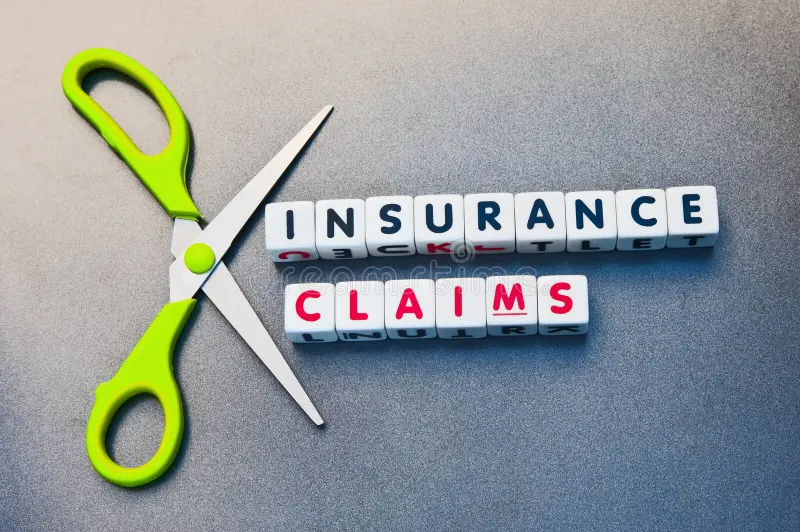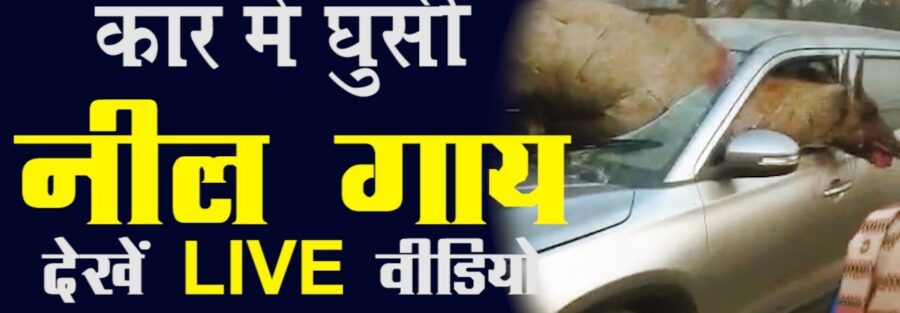
Section-1: INSURANCE COMMENCEMENT
· Depreciation Schedule To Calculate The IDV Of VEHICLE
· The Insurance Regulatory and Development Authority of India (IRDAI) has set the standard depreciation rates for a car which should be used for the IDV calculation.
· The IDV is calculated based on a car’s age for the first 5 years. Here is the table for the IDV calculation as per IRDAI:
| Age of the Car | Percentage IDV Value Depreciation of the Car for IDV Calculation |
|---|---|
| 6 months and below | 5% |
| Between 6 months and 1 year | 15% |
| Between 1 to 2 years | 20% |
| Between 2 to 3 years | 30% |
| Between 3 to 4 years | 40% |
| Between 4 to 5 years | 50% |
- For cars that are more than 5 years old, the IDV is mutually decided by the insurer and the car owner. Instead of using the car’s depreciation value, its condition and survey report of the surveyor form the basis of the IDV calculation for old vehicles.
GR.27. No Claim Bonus
- No Claim Bonus(NCB) can be earned only in the Own Damage section of Policies covering all classes of vehicles but not on Motor Trade Policies (Road Transit Risks / Road Risks / Internal Risks) and policies which cover only Fire and / or Theft Risks. For policies covering Liability with Fire and/or Theft Risks, the NCB will be applicable only on the Fire and / or Theft components of the premium. An insured becomes entitled to NCB only at the renewal of a policy after the expiry of the full duration of 12 months.
- No Claim Bonus, wherever applicable, will be as per the following table.
| ALL TYPES OF VEHICLES | % OF DISCOUNT ON OWN DAMAGE PREMIUM |
|---|---|
| No claim made or pending during the preceding full year of insurance | 20% |
| No claim made or pending during the preceding 2 consecutive years of insurance | 25% |
| No claim made or pending during the preceding 3 consecutive years of insurance | 35% |
| No claim made or pending during the preceding 4 consecutive years of insurance | 45% |
| No claim made or pending during the preceding 5 consecutive years of insurance | 50% |
Sunset Clause: If at the renewal falling due any time between 1st July 2002 and 30th June 2003, both days inclusive, (after completion of the full policy period of 12 months) an insured becomes entitled to an NCB of 55% or 65% in terms of the Tariff prevailing prior to 1st July 2002, the entitlement of such higher percentage of NCB will remain protected for all subsequent renewals till a claim arises under the policy, in which case the NCB will revert to „Nil‟ at the next renewal. Thereafter, NCB if any earned, will be in terms of the above table.
- The percentage of applicable NCB is to be computed on the Own Damage premium required for renewal of the insurance after deducting any rebate in respect of “Vehicle Laid Up” under the policy. If the policy period has been extended in lieu of the rebate for the lay up of the vehicle, as per „Vehicle Laid Up‟ Regulation, such extended period shall be deemed to have been part of the preceding year of insurance.
- The entitlement of NCB shall follow the fortune of the original insured and not the vehicle or the policy. In the event of transfer of interest in the policy from one insured to another, the entitlement of NCB for the new insured will be as per the transferee‟s eligibility following the transfer of interest.
It is however, clarified that the entitlement of No Claim Bonus will be applicable for the substituted vehicle subject to the provision that the substituted vehicle on which the entitled NCB is to be applied is of the same class (as per this tariff) as the vehicle on which the NCB has been earned.
Provided that where the insured is an individual, and on his/ her death the custody and use of the vehicle pass to his/her spouse and/or children and/or parents, the NCB entitlement of the original insured will pass on to such person/s to whom the custody and use of the vehicle pass.
- The percentage of NCB earned on a vehicle owned by an institution during the period when it was allotted to and exclusively operated by an employee should be passed on to the employee if the ownership of the vehicle is transferred in the name of the employee. This will however require submission of a suitable letter from the employer confirming that prior to transfer of ownership of the vehicle to the employee, it was allotted to and exclusively operated by the employee during the period in which the NCB was earned.
- In the event of the insured, transferring his insurance from one insurer to another insurer, the transferee insurer may allow the same rate of NCB which the insured would have received from the previous insurer. Evidence of the insured’s NCB entitlement either in the form of a renewal notice or a letter confirming the NCB entitlement from the previous insurer will be required for this purpose.
Segment-2: INSURANCE CLAIMS
The rates of depreciation in motor-claims are as mentioned below:
· In case of a paint job, a depreciation rate of 50% is applied to the material cost of the paint. In case a consolidated amount is charged for the paint job, then the cost of paint material is considered to be 25% of the total cost and the 50% rate of depreciation is applied on it.
· For all rubber/ nylon / plastic parts, tyres and tubes, batteries and air bags – 50%
· For fibre glass components – 30%
· For all parts made of glass – Nil
Rate of depreciation for all other parts including wooden parts will be as per the following schedule:
| Age of Vehicle | % Depreciation |
|---|---|
| Not exceeding 6 months | NIL |
| Exceeding 6 months but not exceeding 1 year | 5% |
| Exceeding 1 year but not exceeding 2 years | 10% |
| Exceeding 2 years but not exceeding 3 years | 15% |
| Exceeding 3 years but not exceeding 4 years | 25% |
| Exceeding 4 years but not exceeding 5 years | 35% |
| Exceeding 5 years but not exceeding 10 years | 40% |
| Exceeding 10 years | 50% |
GR.40. Compulsory Deductibles.
Claims under Own Damage section of policies covering all classes of vehicles are subject to a compulsory deductible as per the under noted table:-
| TYPE OF VEHICLES | COMPULSORY DEDUCTIBLES (Rs) |
|---|---|
| Commercial Vehicles (other than vehicles rateable under Class-D,E,F and G of CVT) | Goods carrying Vehicles |
| Not exceeding 7500 Kg. GVW | Not exceeding 17 passengers |
| Exceeding 7500 Kg. GVW but not exceeding 16500 Kg. GVW | Exceeding 17 passengers but not exceeding 36 passengers |
| Exceeding 16500 Kg. GVW | Exceeding 36 passengers |
| Vehicles rateable under Class D of the Commercial Vehicles Tariff (CVT) | 0.5% of IDV of the vehicle subject to a minimum of Rs. 2000/- |
| Vehicles rateable under Class E, F and G of the Commercial Vehicles Tariff (CVT) | Rs.50/-for two- wheelers and Rs. 500/- for others |
| Taxis and Three Wheelers rated as Commercial Vehicles (Not exceeding 1500cc) | 500/- |
| Taxis and Three Wheelers rated as Commercial Vehicles (Exceeding 1500 cc) | 1000/- |
| Private Cars including three wheelers rated as Private Cars(Not exceeding1500cc) | 500/- |
| Private Cars including three wheelers rated as Private Cars (Exceeding 1500 cc) | 1000/- |
| Motorized Two Wheelers. | 50/- |
NB.1. The above Compulsory Deductibles are also to be applied where restricted covers as specified under GR 45 A/B are granted.
NB.2. The endorsements applicable for compulsory deductibles as per above schedule will be as follows:
- For all commercial vehicles excluding taxis and motorized two wheelers
- carrying passengers for hire or reward– Endorsement IMT – 21 is to be used.
- For private cars, three wheelers rated as private cars, all motorized two wheelers and taxies – Endorsement IMT– 22 is to be used.
NB.3. Exclusions under (a) of Endorsement IMT- 21 may be reinstated in cover by payment of additional premium @15% of the total gross OD premium (before application of any discount) and Endorsement IMT-23 is to be used for such reinstatement of excluded cover.
By:
Rajiv Chauhan
(Surveyor & Loss Assessor)









































